World
On This Day in Science - March 20
By Jake Beardslee · March 20, 2024
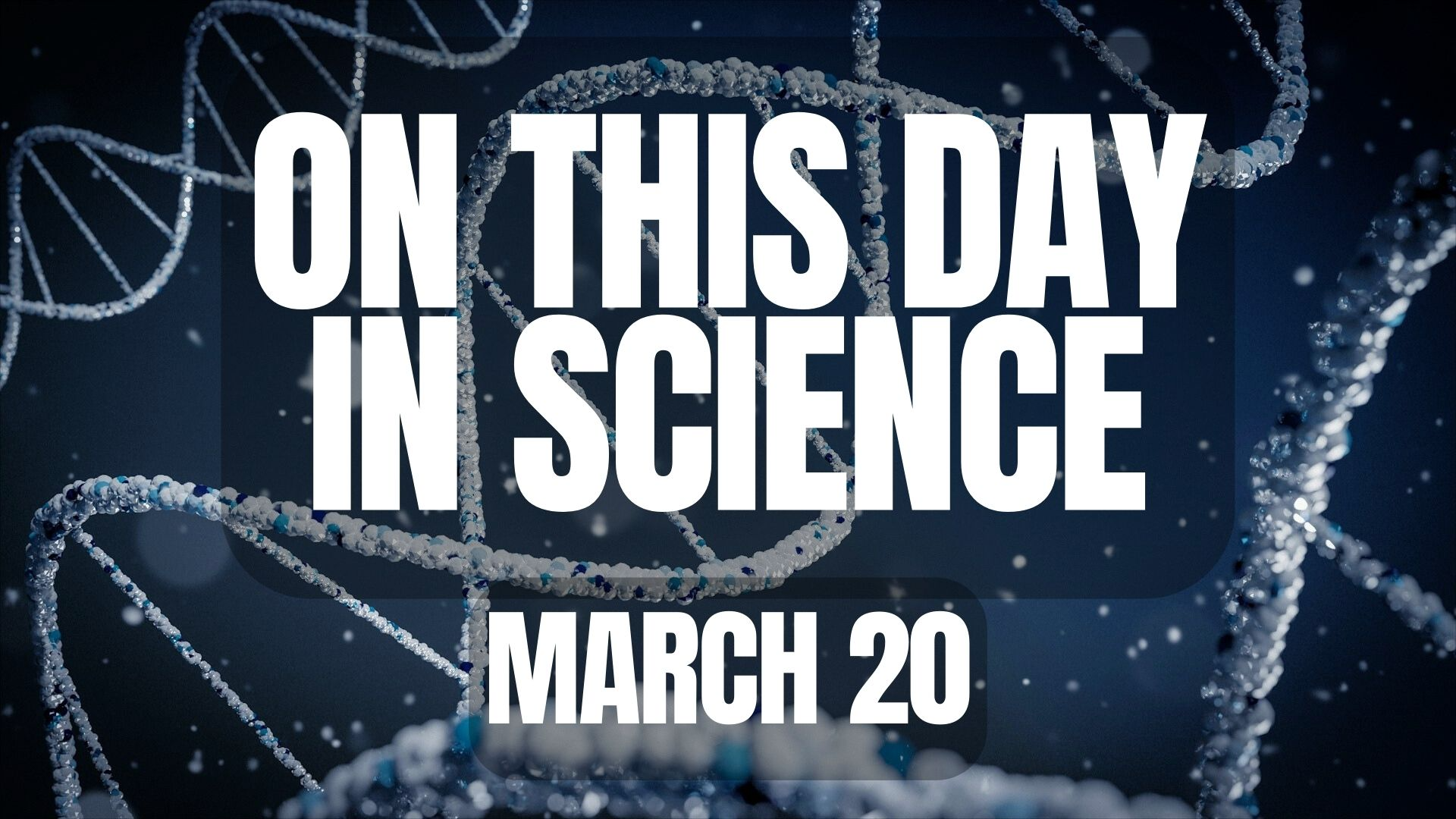
Join us as we unravel the captivating stories behind these scientific milestones, celebrating the inquisitive minds and tenacious spirits that dared to push the boundaries of what was once thought impossible.
Let's explore the scientific events that occurred on this day, March 20. Unsplash
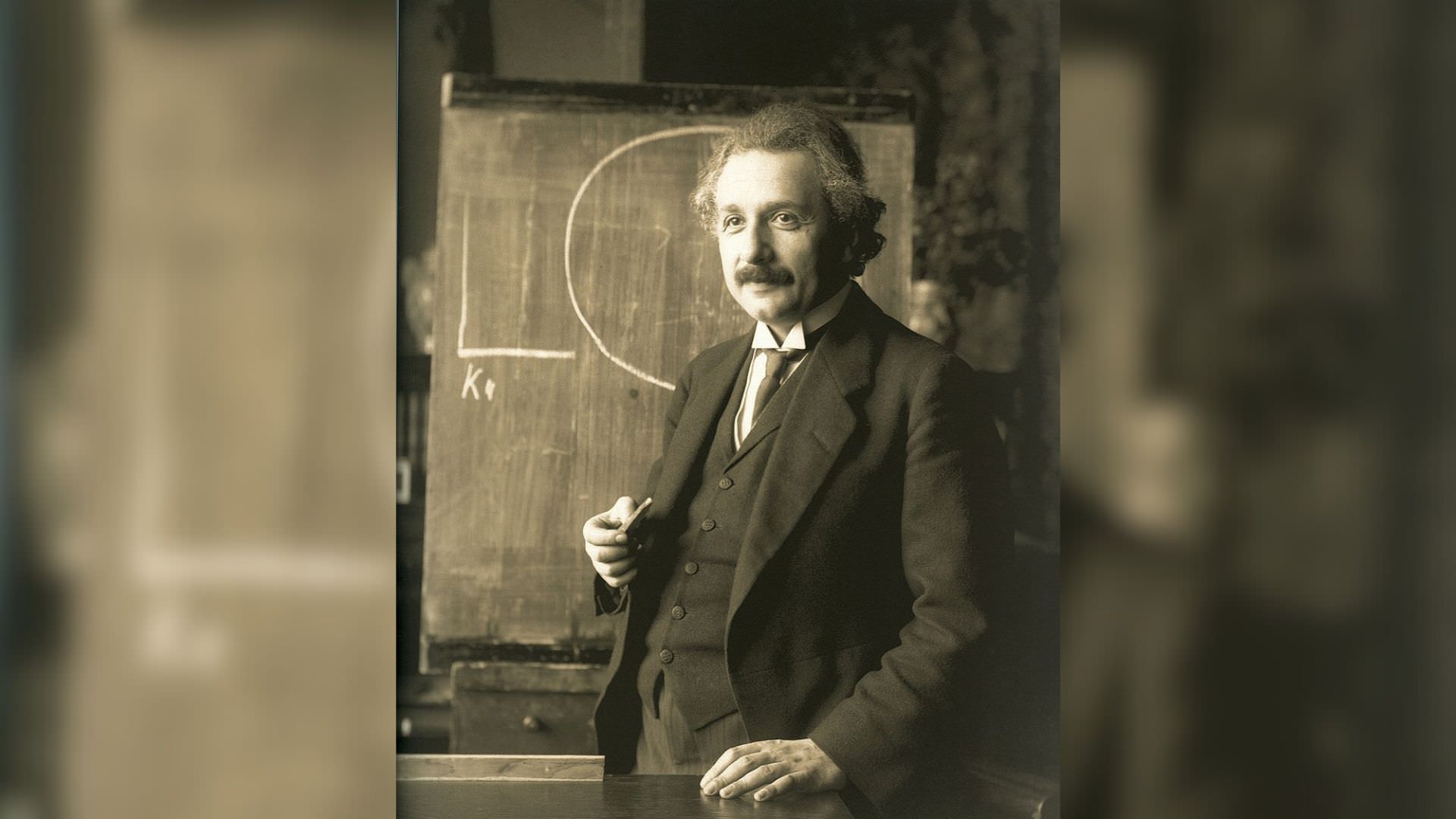
Albert Einstein Changes Science Forever
On March 20, 1916, Albert Einstein published his general theory of relativity, reshaping our understanding of physics by introducing the concept of spacetime and gravitation as the curvature of spacetime. PD-US/Wikimedia
A Leap Forward in Medicinal History
The FDA approved AZT (zidovudine) on March 20, 1987, as the first drug for the treatment of AIDS, marking a significant milestone in the fight against the HIV/AIDS epidemic. NIH/Wikimedia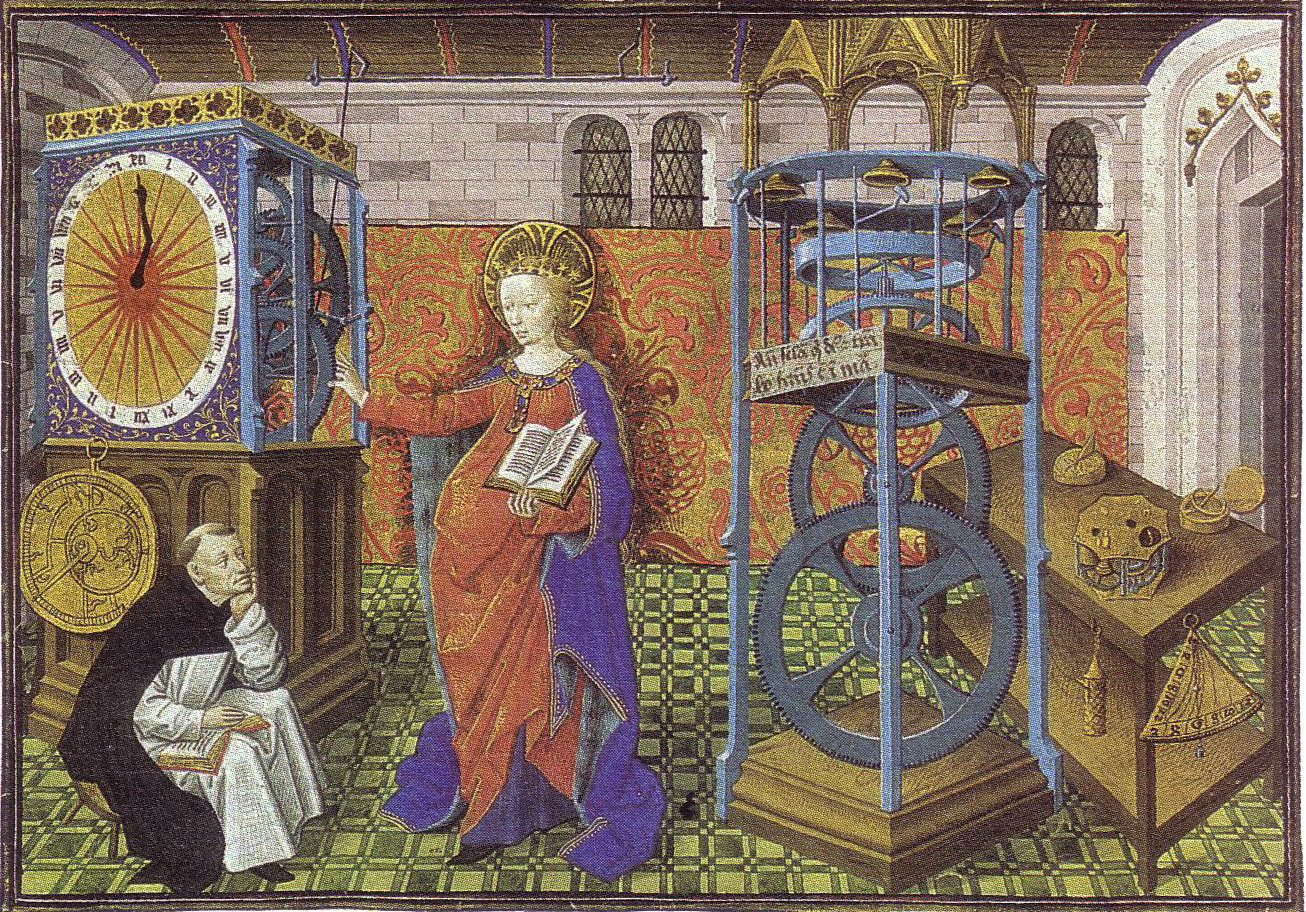
Cosmic Alignment with Catastrophic Implications
The alignment of Saturn, Jupiter, and Mars on March 20, 1345, was believed by medieval scholars to herald the Black Death, showcasing the historical intersection of astronomy and human history, albeit through a misguided interpretation. Royale Albert Ier, Bruxelles/Wikimedia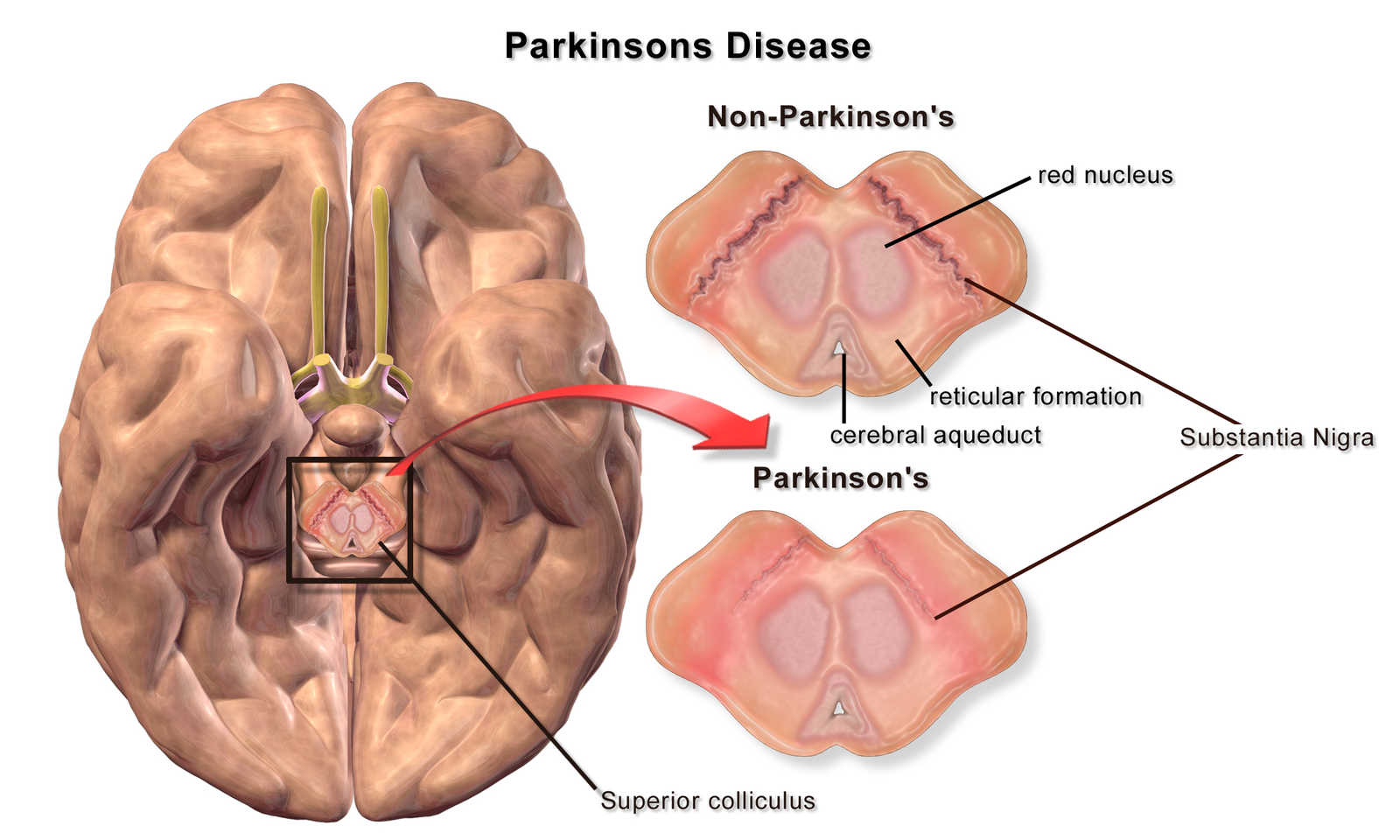
A Revolutionary Discovery in Skin Science
In 2019, researchers, aided by a woman who can smell Parkinson’s disease, identified molecules on human skin as early warning signs of the condition. This breakthrough on March 20 represents a significant advancement in our understanding of neurological diseases and their detection. Blausen.com staff (2014). Medical gallery of Blausen Medical 2014/Wikimedia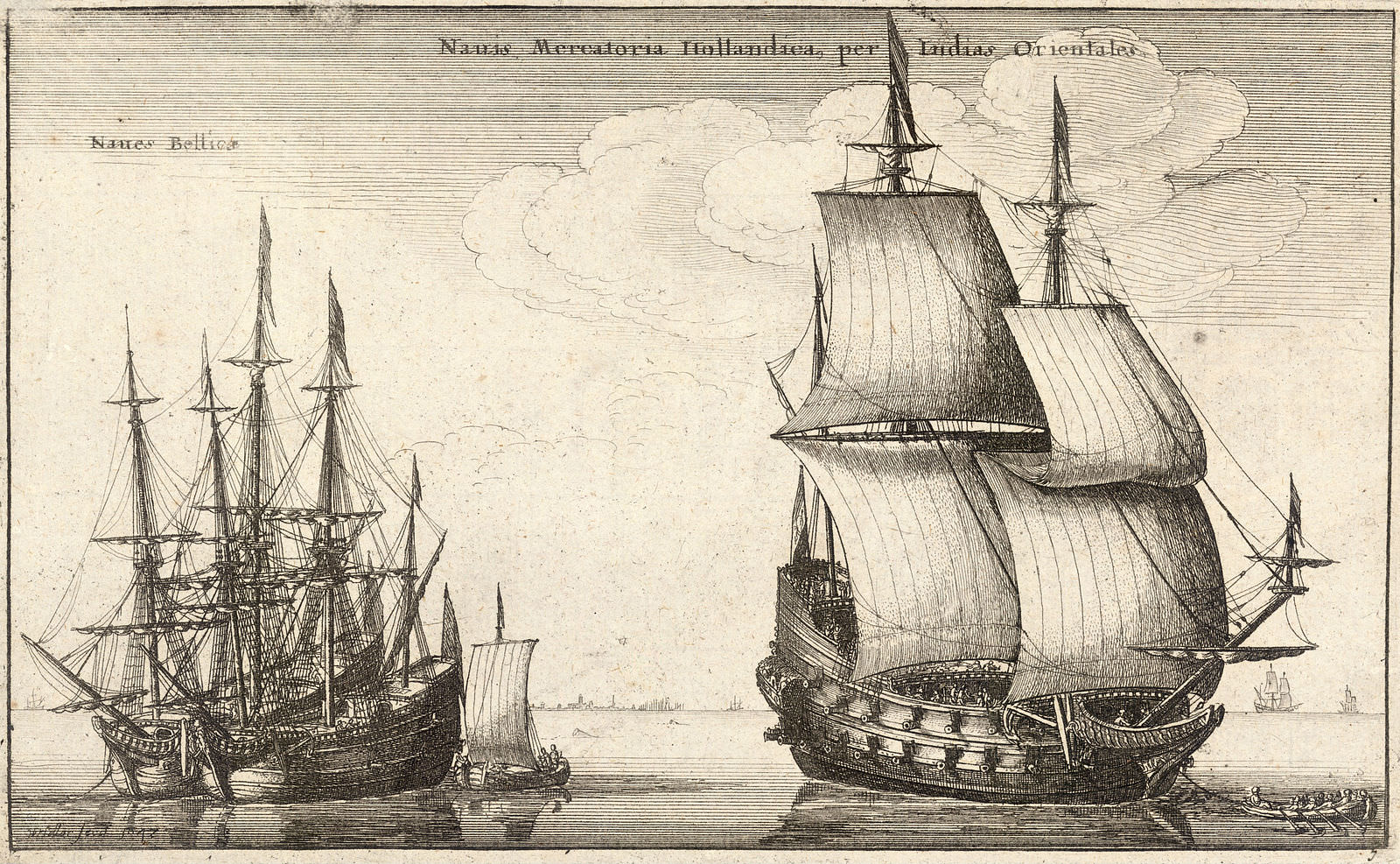
The Birth of the World's Largest Corporation
On March 20, 1602, the Dutch East India Company was established, a venture that would become the largest company in recorded history. While primarily economic, its formation had profound implications for global trade, exploration, and the scientific study of geography and natural sciences. Wenceslaus Hollar/Wikimedia
The Fire that Changed Urban Planning
The Great Fire of Boston on March 20, 1760, destroyed 349 buildings. The reconstruction efforts and changes in urban planning and fire safety measures that followed contributed significantly to the development of modern scientific approaches to urban design and disaster preparedness. Internet Archive Book Images/Wikimedia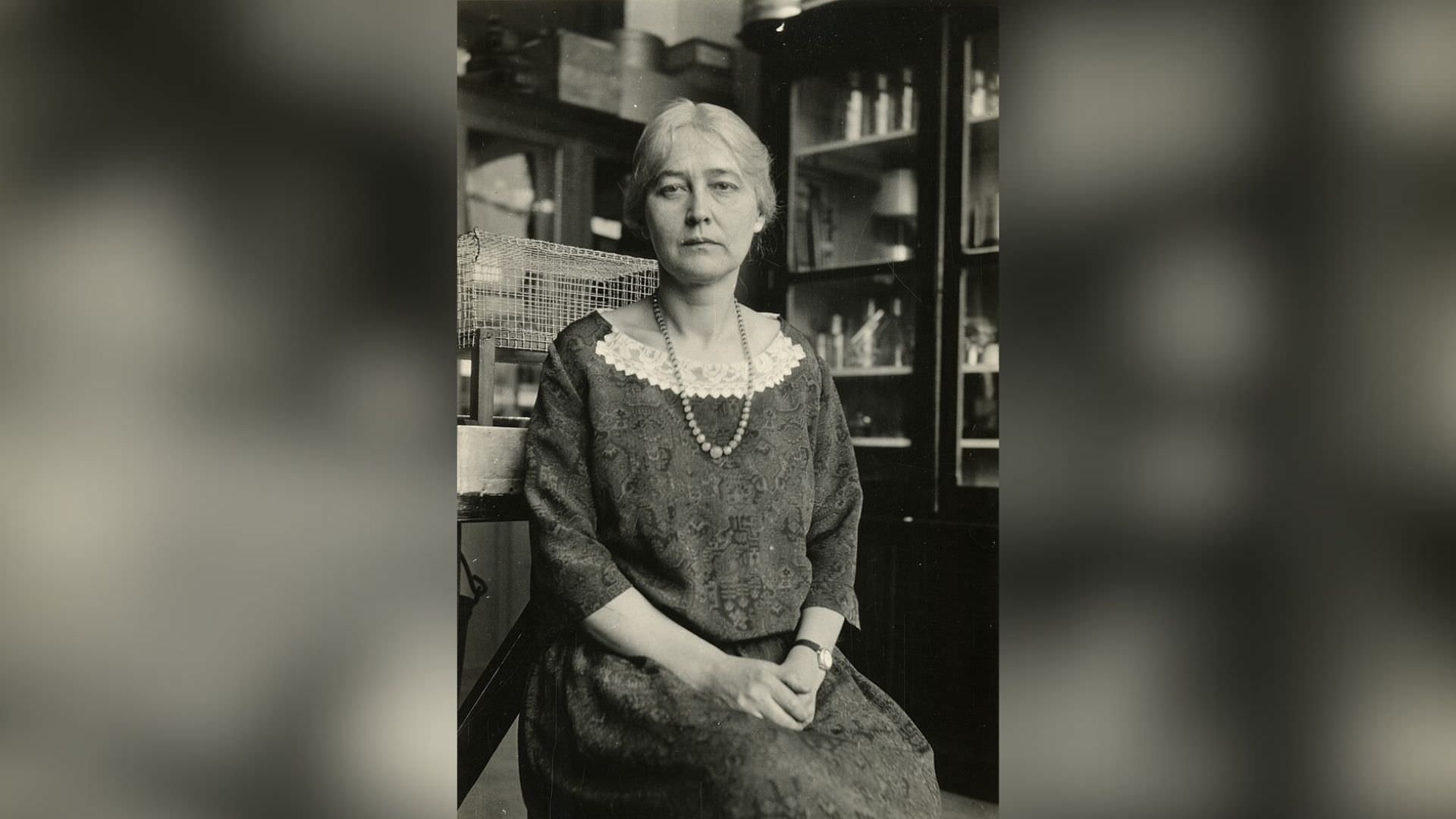
The Birth of a Canadian Biochemist
Maud Leonora Menten, born on March 20, 1879, significantly contributed to biochemistry and organic chemistry, marking her birthday as a day of recognition for her contributions to science. Smithsonian Institution from United States/Wikimedia
A Historic Balloon Circumnavigation
On March 20, 1999, Bertrand Piccard and Brian Jones became the first aviators to circumnavigate the globe nonstop in a balloon, a monumental feat in aviation history. John Mathew Smith & www.celebrity-photos.com from Laurel Maryland, USA/Wikimedia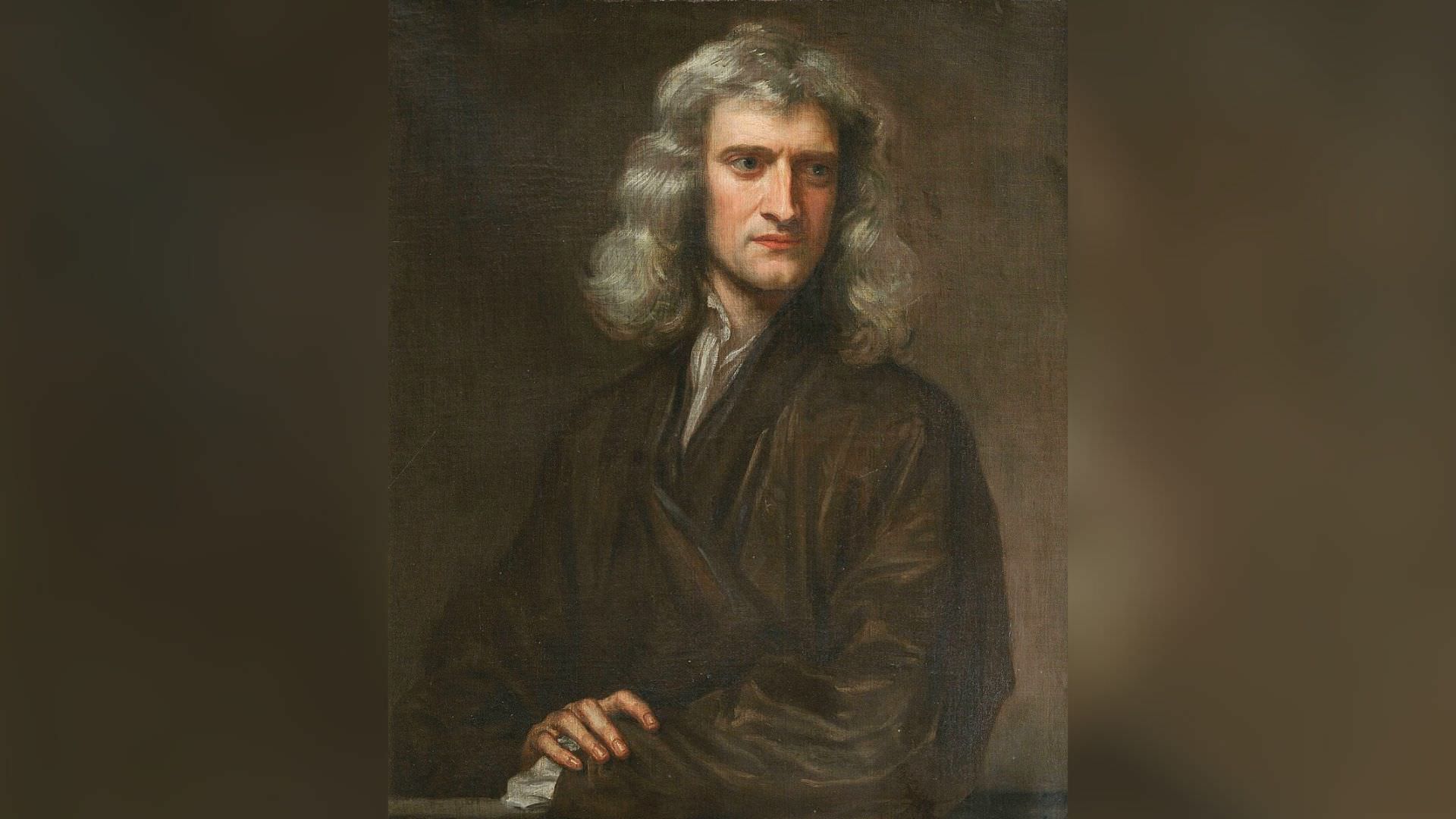
Sir Isaac Newton's Death
The passing of Sir Isaac Newton on March 20, 1727, marks a poignant moment in history, remembering the man whose work, Principia, was pivotal in the scientific revolution. Godfrey Kneller/Wikimedia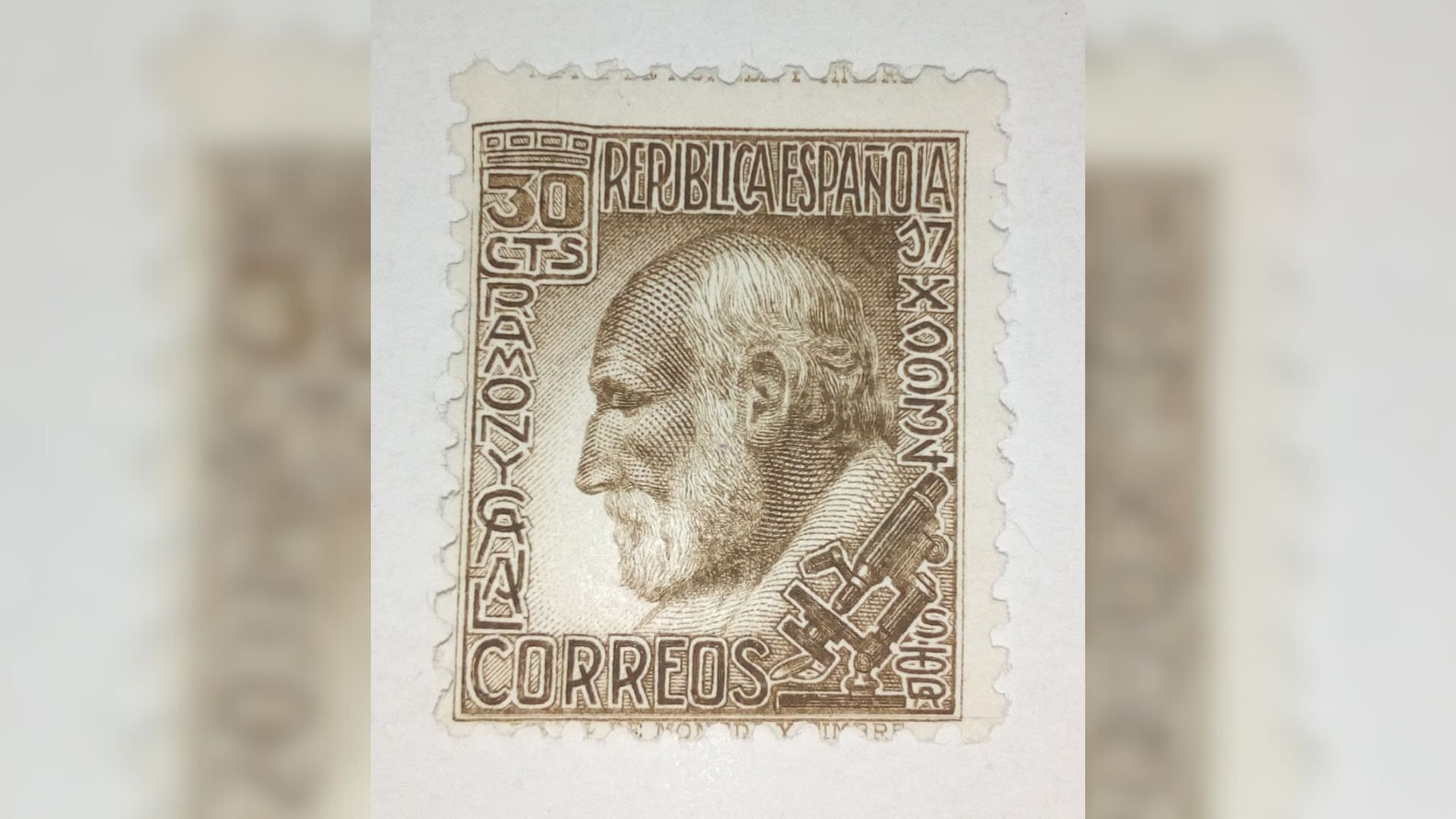
Spanish Nobelist Stamps
On March 20, 2006, Spain issued stamps honoring Nobel Prize winners Santiago Ramón y Cajal and Severo Ochoa for Physiology or Medicine achievements. Cajal's stamp depicted nerve cells, while Ochoa's showed a DNA molecule. Rafandalucia/Wikimedia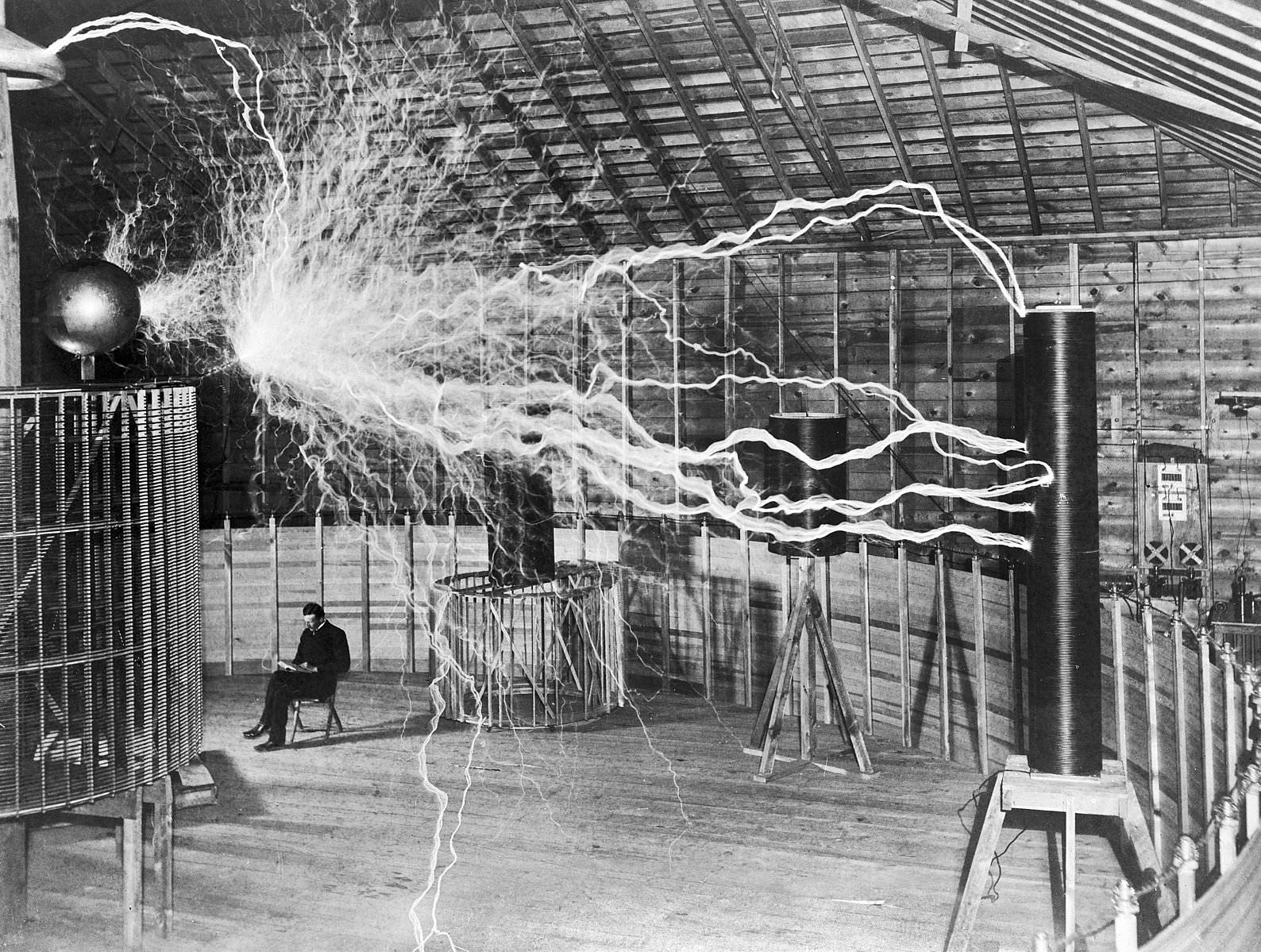
Tesla's Wireless Power Patent
On March 20, 1900, Nikola Tesla patented wireless electric power transmission (No. 645,576), a groundbreaking concept still influential today. Photographer: Dickenson V. AlleyRestored by Lošmi/Wikimedia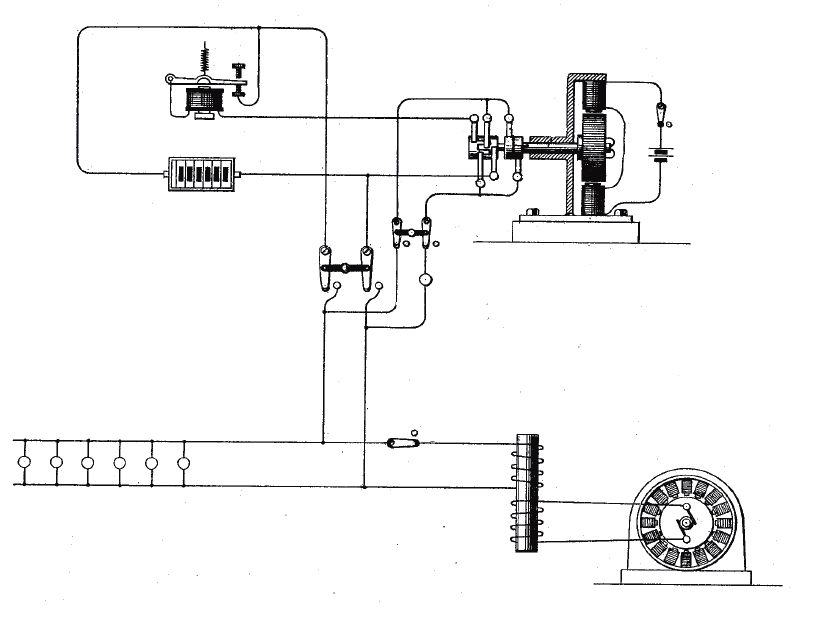
Birth of AC Power
On March 20, 1886, George Westinghouse's AC power plant in Massachusetts marked a milestone in electricity distribution, sparking a new era of electrical engineering. George Westinghouse/Wikimedia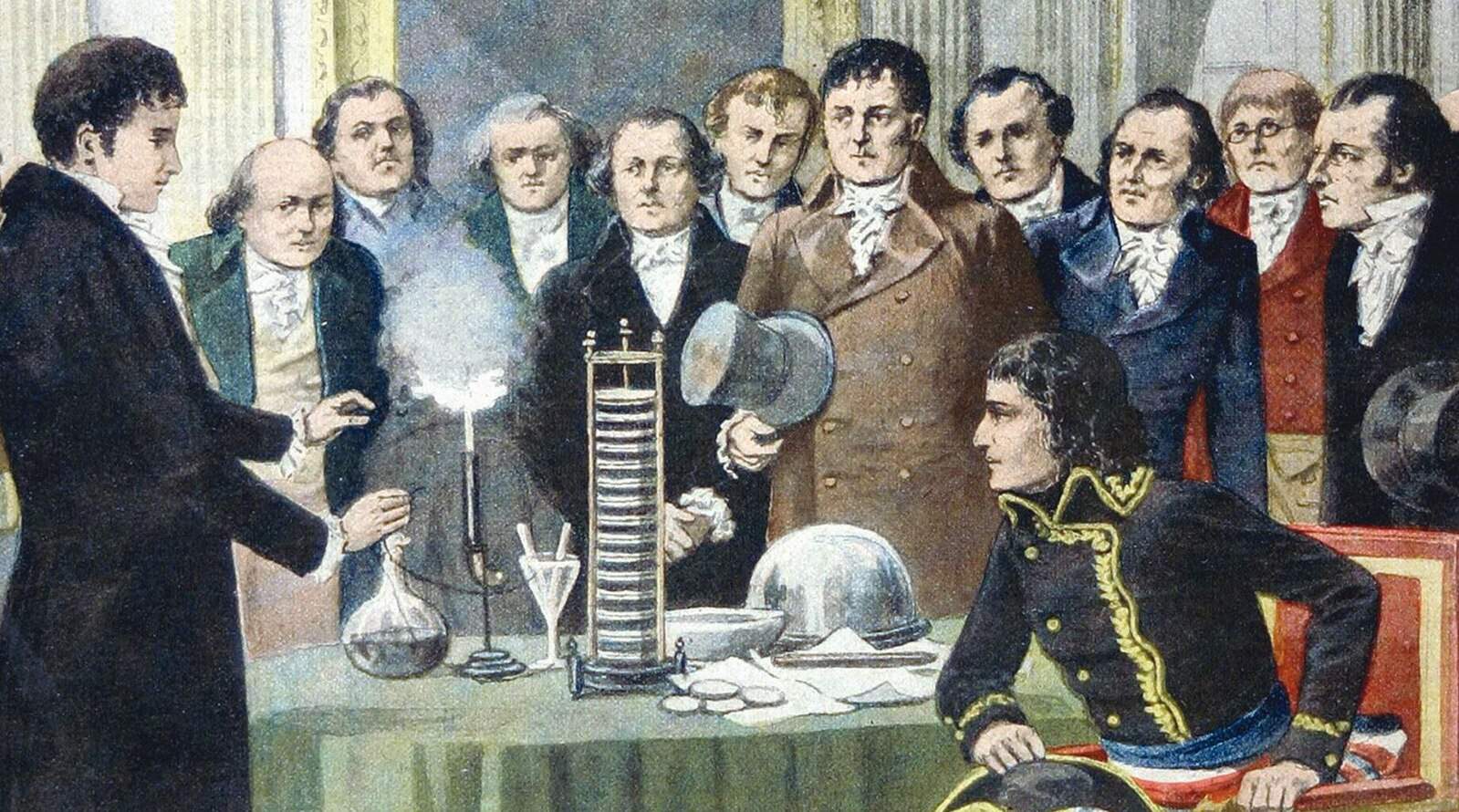
Volta's Battery Invention
On March 20, 1800, Alessandro Volta announced his voltaic pile invention, a precursor to the modern battery, sparking the exploration of electricity's potential. His innovation spurred early experiments in electrolysis. Le Petit Journal/Wikimedia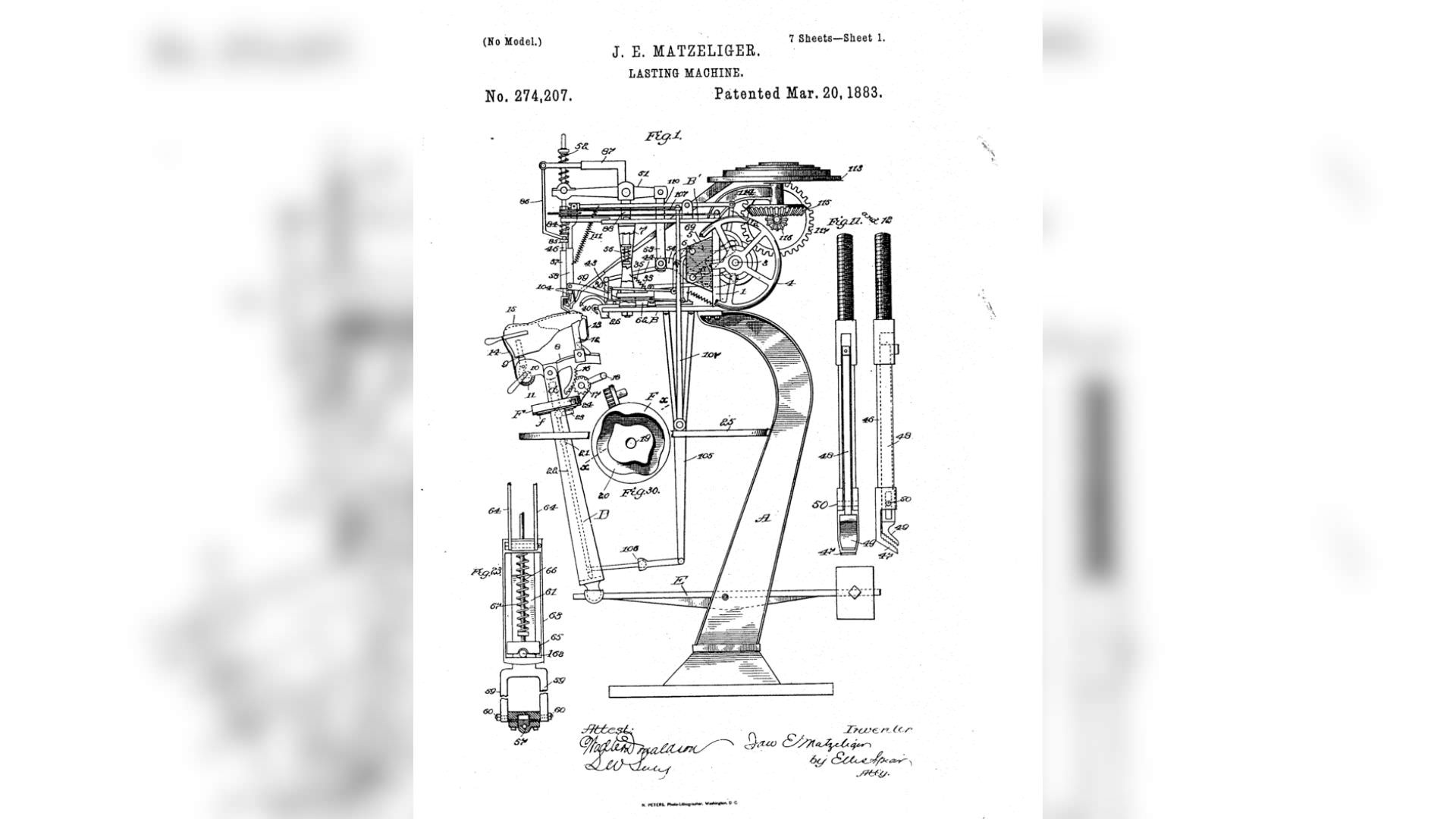
Matzeliger's Shoe Manufacturing Innovation
On March 20, 1883, Jan Matzeliger received his first U.S. patent (No. 274,207) for a shoe "Lasting-Machine," revolutionizing footwear production. This innovative device boosted efficiency by swiftly attaching soles to uppers, enhancing shoe manufacturing output. J.E. Matzeliger/Wikimedia
Aviation Milestone: USS Langley
On March 20, 1922, the United States Navy commissioned its first aircraft carrier, the USS Langley, formerly known as the USS Jupiter (AC-3). Converted from the USS Jupiter at the Norfolk Navy Yard, the ship was named in honor of Samuel Pierpoint Langley, a pioneering astronomer and physicist. Langley's early experiments with flying machines, dating back to 1898, and his ambitious attempts at aircraft launches from a houseboat in 1903, inspired the ship's renaming. Naval History & Heritage Command/Wikimedia